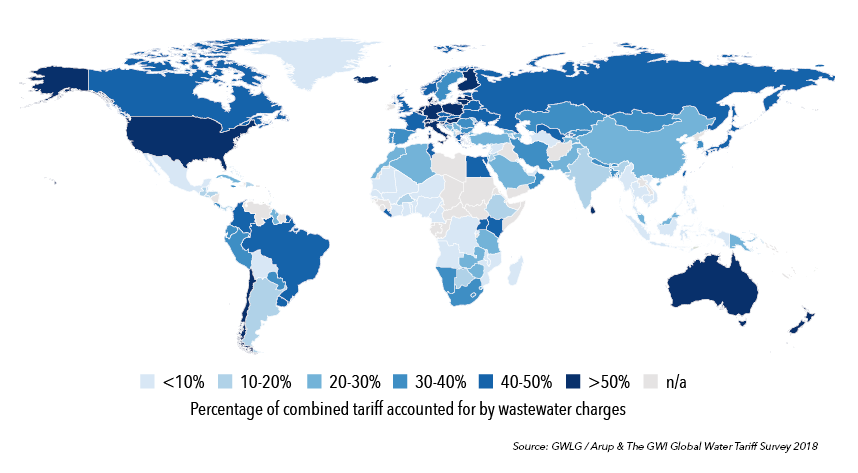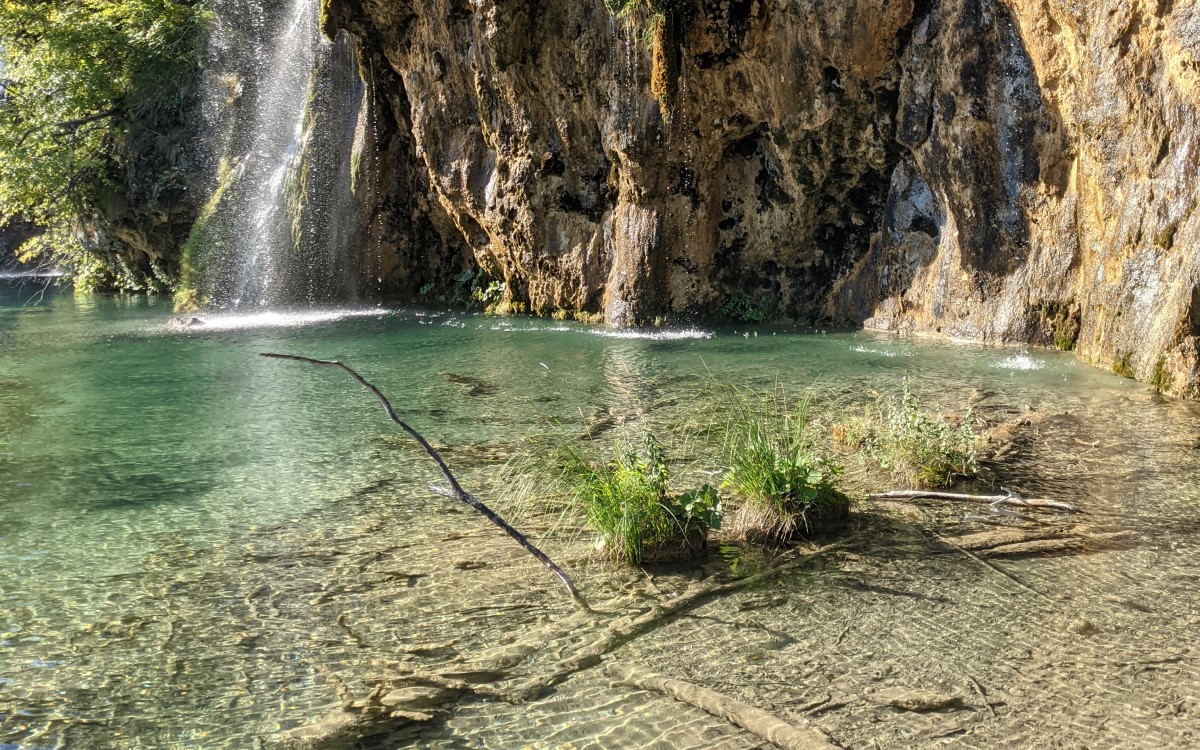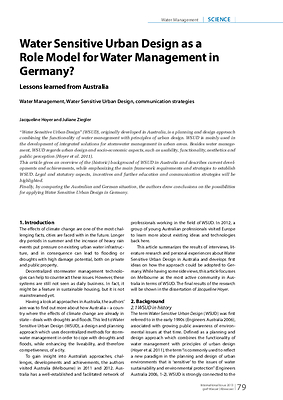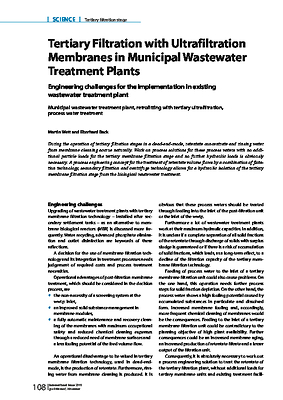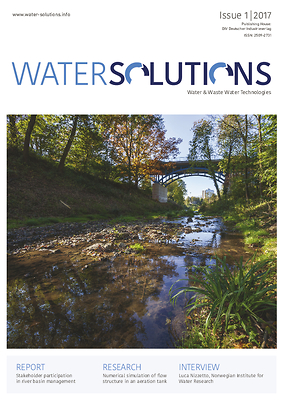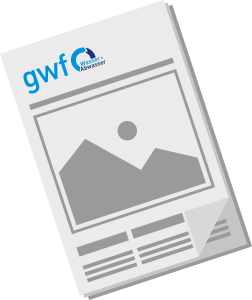The 2018 survey is the most extensive one carried out by GWI so far, calculating changes to the price of urban water and wastewater in 512 cities across 191 countries, based on a benchmark of an urban household of four using 15 m3/month. The survey results suggest rising wastewater operating costs are a key driver of the rate hikes seen across North America and Europe this year. Analysis and commentaries on the survey results were released in an accompanying white paper, The Global Value of Water, published by GWI in partnership with Arup and The Global Water Leaders Group with insights from public policy advisors and utility leaders.
White paper
The white paper revealed that in all but two regions (the Middle East & North Africa and Eastern Europe & Central Asia) the average wastewater tariff grew more than that for water supply. GWI’s team of analysts found that many utilities are increasing wastewater service rates to fund sewerage network upgrades, as cities across the developed world act to address growing concerns over ageing infrastructure, stormwater management, and micropollutants this year.
US cities led the way, having historically found it easier to push through wastewater tariff hikes than raise water rates. GWI found that wastewater services now cost 139% of water services on average in the US, compared with just 88% in Western Europe. North America is now the most expensive region for utility wastewater, accounting for seven of the top ten cities with the highest wastewater tariffs recorded in the 2018 survey. Juneau, Alaska topped the survey with the most expensive wastewater tariff in 2018, at a cost of $6.55/m3.
Major urban wastewater tariff changes in 2018
The "Top ten" most expensive wastewater tariffs in 2018 were: Juneau, AK $6.55/m3; Honolulu, HI $6.15/m3; Portland, OR $5.51/m3; Seattle, WA $4.75/m3; Perth, Australia $4.59/m3; Essen, Germany $4.52/m3; Atlanta, GA $4.47/m3; Kansas City, MO $4.46/m3; Aarhus, Denmark $4.44/m3 and Washington DC $4.43/m3. The world average was $0.88/m3
The "Top ten" cities with the biggest wastewater tariff increase in 2018 were: Cape Town, South Africa 382%*; Cairo, Egypt 138%; Alexandria, Egypt 138%; Durban, South Africa 81%; Chennai, India 60%; San Jose, Costa Rica 57%; Tbilisi, Georgia 56%; Pittsburgh, PA 56%; Lima, Peru 56% and Minsk, Belarus 52%.
*Cape Town’s average wastewater tariff rose because it is tied to drinking water tariffs in the city, which were increased as a punitive measure in the face of extreme drought.
Christopher Gasson, Publisher at GWI, commented: “Wastewater is more expensive to manage properly than drinking water, so wastewater tariffs ought to be higher than drinking water tariffs. There is problem however. Traditional sewer systems with wastewater treatment plants are unaffordable for low income communities and it is killing people. Most of those who die from water borne diseases do so because of bad wastewater management. It is the one area of the water cycle which needs a new paradigm.”
Regional results
The survey recorded notable wastewater tariff hikes in several US cities this year, with 47 of the 70 US cities assessed by GWI experiencing increases in wastewater costs in 2018.
Genova, Italy, experienced the highest wastewater tariff increase in Western Europe, with increased tariff revenues also being used to fund sewerage upgrades. Wastewater rates in Genova grew by 14.7% this year, fuelling an 11.7% increase in combined tariffs to $3.34/m3.
In the Icelandic capital city of Reykjavik, wastewater tariffs rose by 10.9% to $2.68/m3 to fund the $475-$760 million of investment needed to raise the quality of the country’s sewer treatment to international standards.
Tariff rate drops
However, despite the general trend of wastewater tariffs outpacing water tariffs in the Western World, the 2018 survey also recorded notable water and wastewater tariff rate drops in several European cities.
Malaga, Spain for instance, experienced the biggest decrease in wastewater tariffs in Western Europe as rates in the Spanish city fell by 4.3% this year. The move was a part of an overall drop in combined bills by 4.4% to $1.80/m3 following the removal of drought-mandated pricing after local reservoir levels recovered at the start of 2018.
As detailed in the white paper, water tariffs in Spain remain among the lowest in Europe however, due to a long-standing gap in investment into the Spanish water and wastewater sector.
The Global Value of Water and The Global Water Tariff Survey are available as part of a subscription to GWI Magazine. More details available here.
